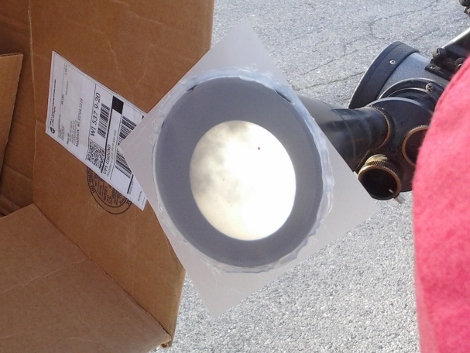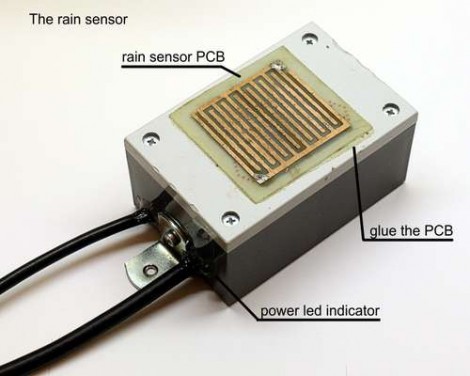
So I thought about getting a pair of protective glasses so that I could safely stare at the sun during yesterday’s Venus transit. But then it was forecast to be cloudy in the afternoon (the event didn’t start until 5pm here) so I forgot about it and figured I’d try to catch it next time around (which is 105 years from now).
I went about life, ate some dinner, then grabbed my latest project and headed off to the monthly meeting at Sector67, the local Hackerspace in Madison, WI. Lo and behold I arrived to find this sight in the parking lot:
Sure, my priorities may have pushed the viewing to the side. But others made it their mission to see the once or twice in a lifetime event and I got to see it just for being in the same place as them. This is the meat and potatoes of Hackerspaces…. collaboration. A source of new ideas, motivations, and inspirations.
One of the members brought a telescope and went online to figure out how to safely use it for viewing. For about $2.50 he rigged up a funnel covered with a piece of acetate which interfaced with the eyepiece of the scope. The image at the top shows the entire sun, and even though some of the cloud cover can clearly be seen, there’s Venus, plain as day. The cardboard box is just providing a shaded viewing area around the funnel. As with most cosmic experiences, it surprised me by being way cooler than described. See a few extra pictures in the gallery after the break.
Continue reading “Seeing The Venus Transit; This Is Why You Should Visit Your Local Hackerspace”
















